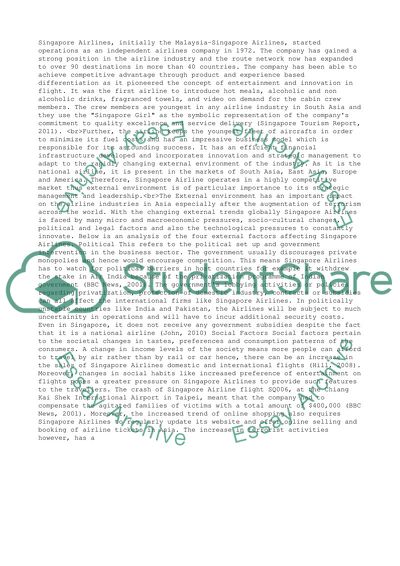Cite this document
(“Singapore Airlines External Factor Analysis Essay”, n.d.)
Retrieved de https://studentshare.org/management/1438140-singapore-airlines-external-factor-analysis
Retrieved de https://studentshare.org/management/1438140-singapore-airlines-external-factor-analysis
(Singapore Airlines External Factor Analysis Essay)
https://studentshare.org/management/1438140-singapore-airlines-external-factor-analysis.
https://studentshare.org/management/1438140-singapore-airlines-external-factor-analysis.
“Singapore Airlines External Factor Analysis Essay”, n.d. https://studentshare.org/management/1438140-singapore-airlines-external-factor-analysis.


